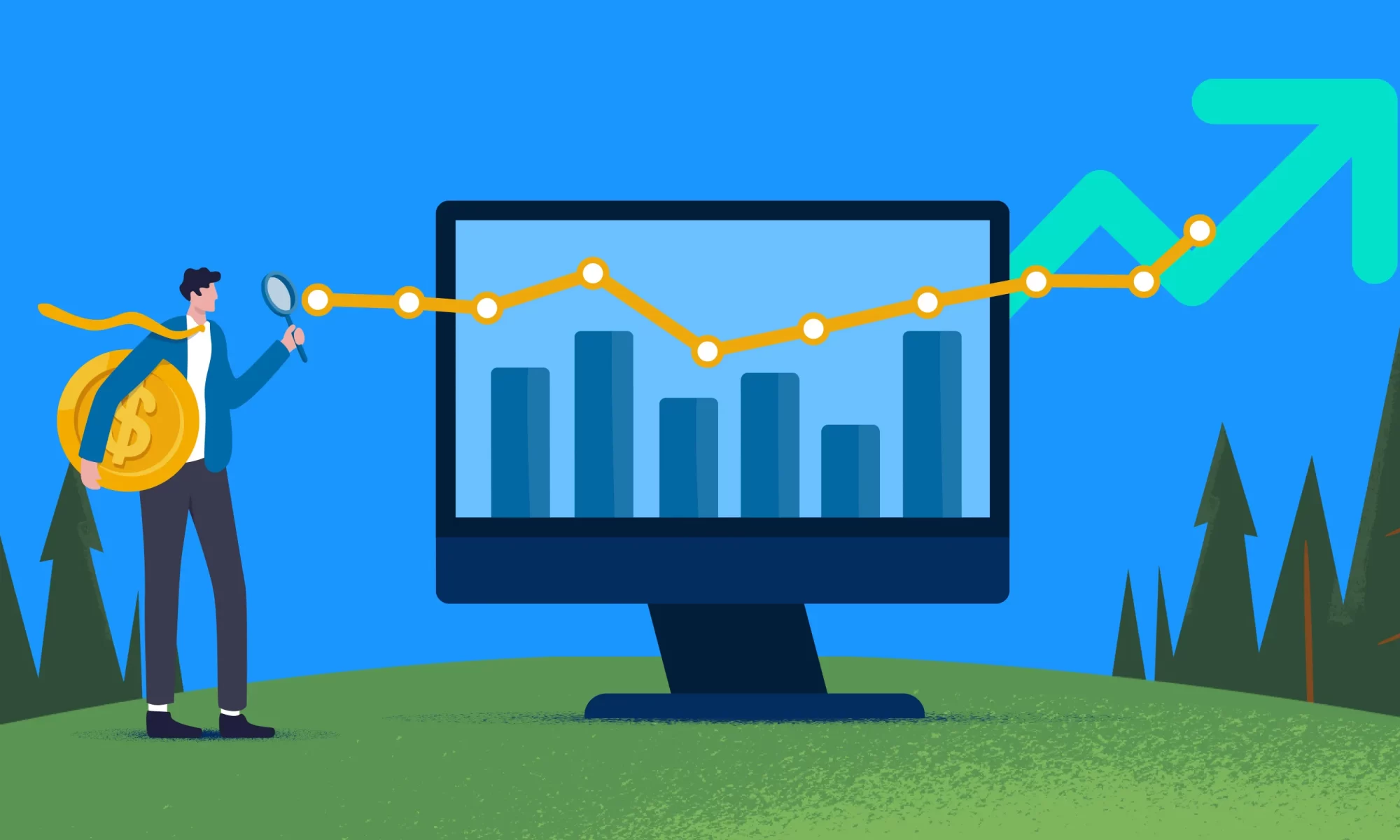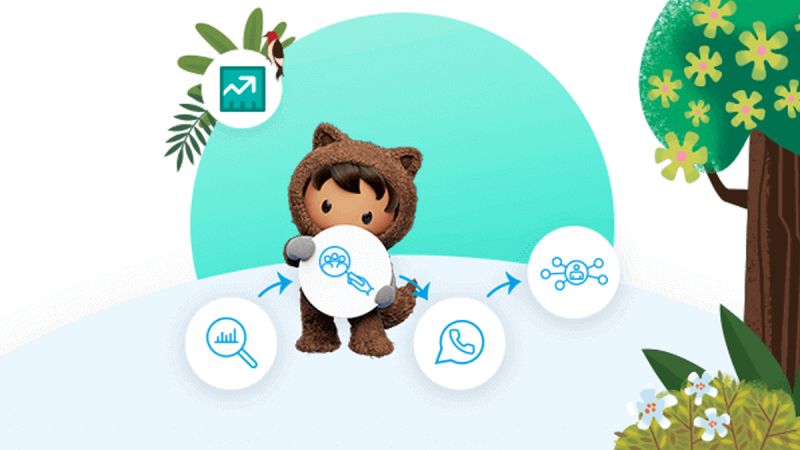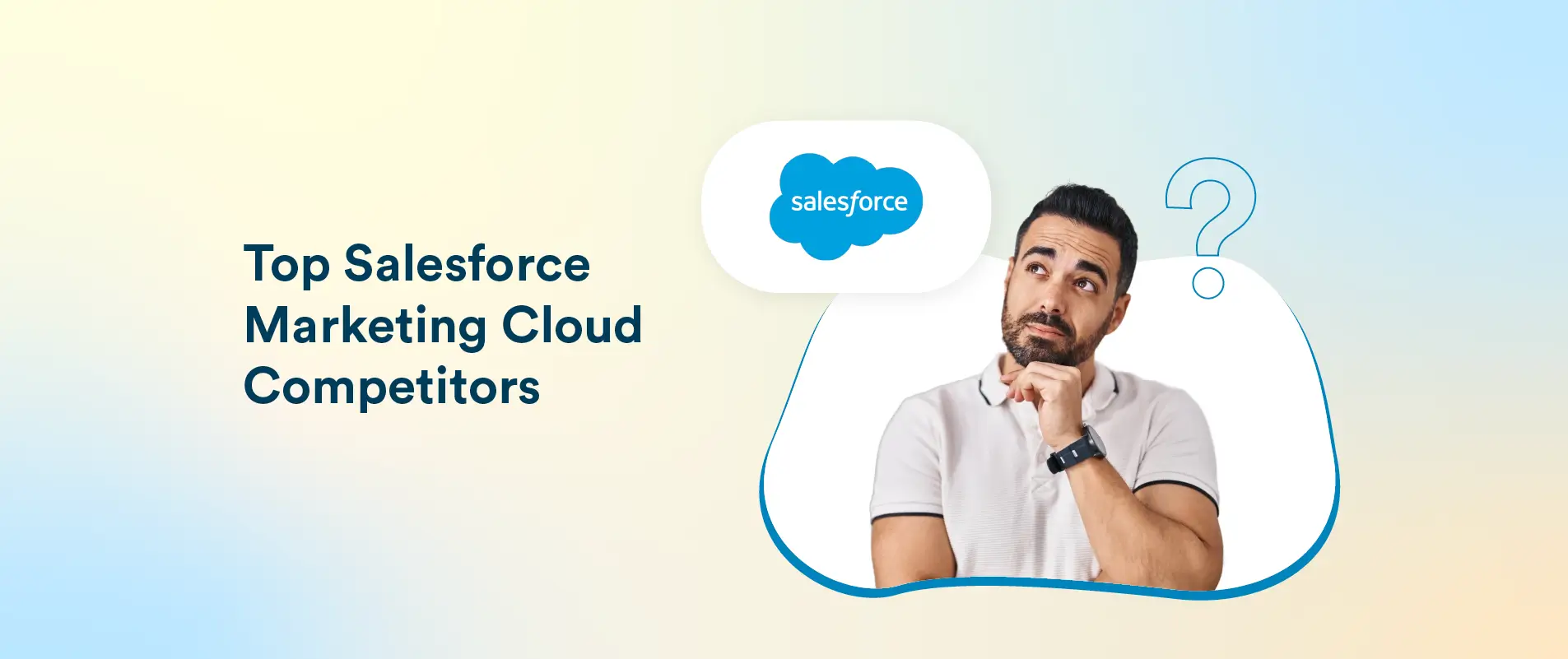In the relentless pursuit of growth, businesses have long grappled with the silos that separate their sales, marketing, and service departments. Each team operates on its own set of metrics, tools, and processes, often leading to friction, inefficiency, and a disjointed customer experience. The result? A leaky revenue bucket where opportunities fall through the cracks and potential for growth remains untapped.
This is where the concept of Revenue Operations, or RevOps, enters the picture. More than just a buzzword, RevOps is a fundamental shift in how businesses approach their go-to-market strategy. It’s about breaking down the traditional departmental walls and creating a unified, end-to-end process that aligns all revenue-generating functions around a single, shared goal: maximizing the lifetime value of every customer.
What is RevOps and Why Does It Matter?
At its core, RevOps is the strategic integration and alignment of all business functions involved in generating and managing revenue. It’s the orchestration of sales, marketing, and service operations to create a seamless, cohesive journey for the customer, from initial awareness to post-purchase support and beyond.
The key pillars of a successful RevOps strategy include:
- Unified Data & Analytics: A single source of truth for all customer data, enabling a holistic view of the customer journey and providing actionable insights for all teams.
- Streamlined Processes: Automated workflows and consistent processes across the entire revenue funnel, eliminating manual handoffs and reducing errors.
- Shared Technology Stack: A common set of tools and platforms that enable seamless communication and collaboration between teams.
- Aligned Goals & Metrics: A shared set of KPIs and objectives that incentivize collaboration and ensure everyone is working towards the same outcome.
The benefits of a well-executed RevOps strategy are significant:
- Increased Revenue Growth: By eliminating friction and optimizing the entire revenue funnel, businesses can close more deals, upsell existing customers, and drive predictable growth.
- Improved Customer Experience: A seamless and consistent customer journey fosters trust, loyalty, and positive brand perception.
- Enhanced Operational Efficiency: Automated processes and unified data reduce administrative burden and allow teams to focus on high-value activities.
- Data-Driven Decision Making: A single source of truth provides accurate, real-time data for strategic planning and optimization.
The Problem with Traditional CRM and CPQ
For years, businesses relied on separate CRM (Customer Relationship Management) and CPQ (Configure, Price, Quote) solutions. While these tools addressed specific needs, they often created new problems:
- Disjointed Data: Customer data was scattered across multiple systems, making it difficult to get a complete view of the customer.
- Manual Handoffs: The process of moving a customer from marketing to sales to service involved manual handoffs and data entry, leading to errors and delays.
- Inconsistent Quoting: CPQ systems often operated in a silo, leading to inconsistencies between the sales quote and the final order.
- Billing and Service Gaps: The transition from a closed deal to billing and service was often clunky, creating a negative post-purchase experience.
These challenges made it difficult to truly align revenue-generating teams and created a disconnect between the front office (sales and marketing) and the back office (operations and finance).
Revenue Cloud: The Cornerstone of the Modern RevOps Strategy
This is where a unified platform, a Salesforce Revenue Cloud, emerges as the essential cornerstone of a modern RevOps strategy. Revenue Cloud isn’t just a single product; it’s an integrated suite of tools designed to connect the entire revenue lifecycle, from lead to cash. It breaks down the silos that have plagued businesses for decades by providing a single platform for sales, marketing, service, and finance.
A robust Revenue Cloud solution typically encompasses:
- Unified CRM: The foundational element, providing a single source of truth for all customer data.
- Advanced CPQ: Not just for quoting, but for automating the entire process from configuration to pricing and proposal generation, ensuring accuracy and consistency.
- Billing & Payments: Seamless integration with billing and payment systems to ensure a smooth transition from quote to cash, eliminating billing errors and improving cash flow.
- Subscription Management: Tools to manage recurring revenue streams, from automated renewals to upsells and cross-sells.
- E-commerce: Integration with e-commerce platforms to provide a seamless buying experience for customers.
How Revenue Cloud Aligns the Entire Revenue Engine
The magic of Revenue Cloud lies in its ability to connect the dots across the entire customer journey:
- From Lead to Quote: When a lead comes in through a marketing campaign, the data is captured in the CRM. As the sales rep qualifies the lead, they use the integrated CPQ to quickly and accurately configure a quote based on the customer’s needs, all within the same platform. This eliminates the need for manual data entry and ensures the quote is accurate and consistent with the company’s pricing rules.
- From Quote to Cash: Once the quote is approved and the deal is closed, the information seamlessly flows to the billing system. This automated process ensures accurate invoicing, reduces billing errors, and accelerates the time to cash. The subscription management capabilities automatically handle renewals and allow for easy upsells, ensuring a continuous revenue stream.
- From Cash to Service: With the customer onboarded and the billing process automated, the service team has a complete view of the customer’s history, including their purchase history, support tickets, and communication logs. This 360-degree view allows the service team to provide personalized and proactive support, fostering customer loyalty and driving repeat business.
The Future is Now: Building Your RevOps Foundation
The rise of RevOps is not a fleeting trend; it’s a fundamental shift in how businesses must operate to stay competitive. In a world where customer expectations are higher than ever, a fragmented, siloed approach to revenue generation is a recipe for stagnation.
For businesses looking to embrace RevOps, a unified Revenue Cloud is not just a nice-to-have; it’s a strategic imperative. It provides the technological foundation to break down departmental silos, align all revenue-generating teams, and create a seamless, end-to-end customer journey. By investing in a comprehensive Salesforce Revenue Cloud solution, you’re not just buying software; you’re building the cornerstone of a modern, efficient, and highly profitable revenue operation.
The future of business is connected, and the path to predictable growth lies in a unified approach to revenue. The time to embrace RevOps and unlock the full potential of your revenue engine is now.




